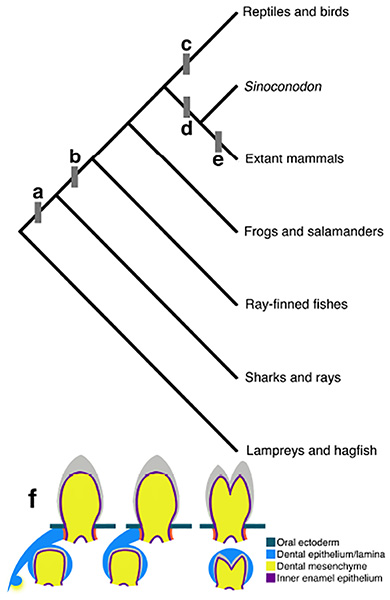Fig. 2. Evolutionary transitions in vertebrate tooth replacement.
a) Sharks and rays have multiple replacement teeth at the same time for each functional tooth in a “many-for-one” tooth replacement system. Multiple generations of replacement teeth form in the soft tissues of the dental lamina on the lingual side of the functional tooth and migrate toward the oral ectoderm as functional teeth are lost, finally attaching to the cartilage of the jaws as they erupt.[74] b) Bony fish (Osteichthyes) have “one-for-one” or “many-for-one” tooth replacement, while amphibians and mammals tend to exhibit “one-for-one” replacement. In this system, a single replacement tooth forms in a bony cavity beneath the functional tooth. Fish and amphibians replace teeth in this manner throughout life; in amphibians the functional teeth mostly detach from the dental lamina, but maintain some level of connection through replacement tooth generations.[74,135] c) Reptiles with teeth (extant bird, turtles, and tortoises are edentulous), much like fish and amphibians, have replacement teeth connected to the oral surface by the dental lamina; however they predominantly exhibit many-for-one polyphyodonty.[2,74] d) Early mammals like Sinoconodon retained polyphyodont replacement in some teeth while reducing generations toward diphyodonty (two generations of replacement teeth).[76,77] e) Most extant mammals have diphyodont tooth replacement, while some have evolved monophyodont dentitions (no replacement) or edentulism. A small number of mammals have achieved polyphyodont replacement by the continuous addition of molars at the end of the tooth row, which move forward as the anterior-most molar wears down and is lost.[2] f) From left to right, the many-for-one model of tooth replacement in which teeth remain connected to the dental lamina, one-for-one replacement with connected replacement teeth, and one-for-one replacement in which the dental lamina regresses (found in mammals).

